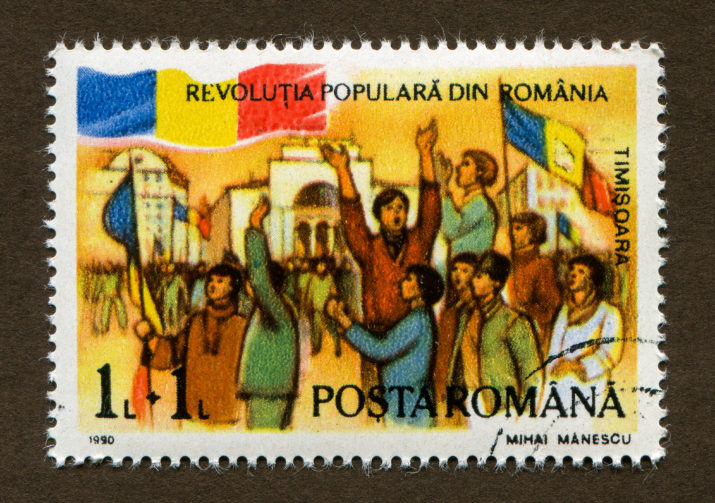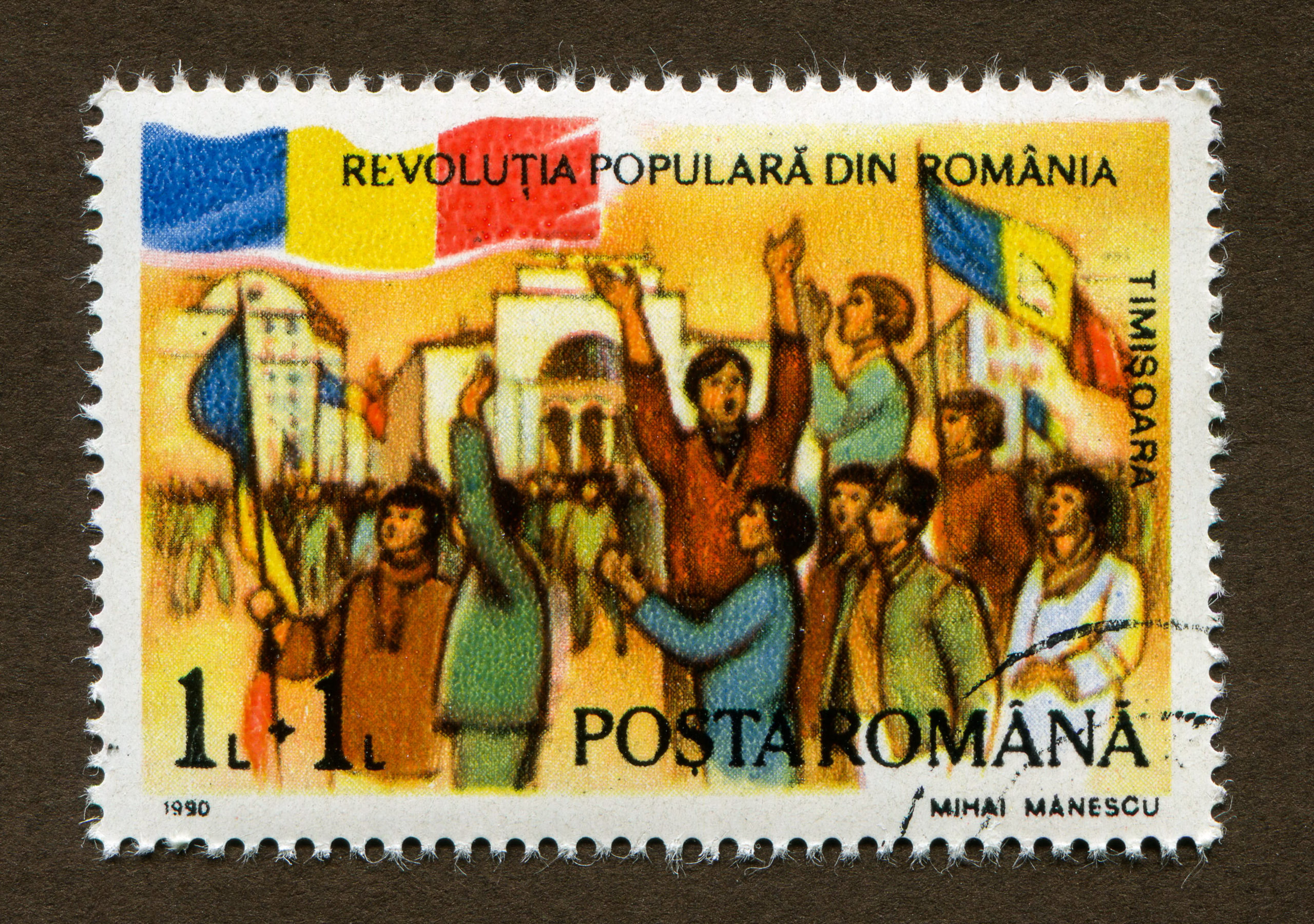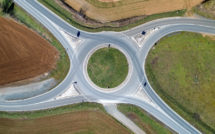
Ruling Europe: The Making and Unmaking of Political Orders since the French Revolution

This is part of our Campus Spotlight on Maastricht University.
Description of the course
Present-day Europe is shaped by a number of highly complex political, social, economic, and cultural realities that escape any easy description. The way in which these realities manifest themselves across Europe, however, differs strongly from place to place, attesting to the intricate diversity of the continent. While for outsiders, Europe often appears to be a single monolithic bloc, in reality there are major differences between European states in terms of their political cultures, constitutions, institutions, social structures, material realities, and cultural rituals, amongst many other significant divergences. At the same time, many European states share distinctive features in how they have ordered their political regimes, ranging from the formal rules of parliamentary politics to the way in which they govern their economies.
Amidst these similarities and differences, we currently live in a moment in which the main socio-political parameters that have lent Europe its specific political shape and that we have tended to take for granted for many decades appear to be evaporating: the rise of extremist forces and the decline of established political parties, Euroscepticism, growing social inequalities, the environmental question, and most recently a global pandemic have called into question the certainty that many Europeans shared about the nature and durability of the political order within which they have lived.
One way of thinking about our current condition is to use the often-used language of “crisis.” Yet, as the famous German historian and theorist Reinhart Koselleck already argued in 1954, crises are in many respects very common historical phenomena and the normal mode of operation in Europe since the onset of modernity, which has led us to live in what he calls a “permanent crisis.”
Instead of therefore resigning in desperation in front of our current condition, we can take our present as a point of departure to start thinking analytically about the origins and shape of our different socio-political realities in Europe. Why do political regimes and institutions in Europe, both at the national, international, and supranational level, look the way they do? How have the political orders of the present come into existence and why did other alternative orders collapse or never materialize? How have the ways in which Europe has been ruled in the past affected the shape of political regimes today?
To start answering these questions, we need to look at the past and identify the main causes and consequences as well as the major events and developments that have turned Europe into the continent that it is today. Our starting point in this investigation will be the realization that the present we inhabit today is neither pre-ordained nor the only possible route that could have been taken. Conversely, it is the result of discrete historical processes that we need to disentangle, analyze, and interpret in order to make sense of our current condition. Many different Europes have been conceived and attempted at different historical moments, but most of these projects of ordering the continent politically have eventually collapsed or mutated into something else. Only by understanding how political orders in Europe have been made and unmade will we be in a position to start thinking about how we might find ways to respond to current predicaments and challenges. As when dealing with any type of problem, one of the first steps in finding a solution ought to be thinking about its causes. Our approach in this course will therefore to some extent resemble the methods of a clockmaker, who first needs to disassemble a clock in need of repair to understand how it works before being able to start thinking about how to mend it.
Content of the course and didactic vision
Ruling Europe is a first year BA course intended as an exploration of how political orders have been imagined, created, legitimized, and contested in Europe. As such, the course examines the multiple ways in which Europeans and those who have fallen under European rule have sought to make and unmake political orders since the onset of modern democratic regimes in the late eighteenth century.
The French Revolution not only marked a major rupture in the traditional interactions between rulers and ruled, but it altered in a much broader sense the way in which “the political” was conceived, justified, and contested. The consequence of this change in the language and mode of politics was dramatic: major revolutionary changes swept the continent and the political map of Europe, and subsequently the world, was redrawn many times over.
In the two centuries since, Europe has witnessed a large series of shifting regimes that vied for supremacy and sought to present themselves as best equipped to deal with the pressing political, social, economic, and cultural problems of their times. The result of these processes was not only a changing consideration and involvement of “the people” in politics, but also included major episodes of large-scale internal and external violence ranging from political repressions, persecution of minorities, civil wars and international conflicts to “total wars” and genocide.
In Ruling Europe, we will explore these dynamics through a two-pronged approach. On the one hand, the course looks at the period as a sequence of changing political regimes that were expressions of both specific social and material realities as well as the outcome of a competition between different political ideologies. These ranged from absolute and limited monarchy to liberalism and socialism, liberal democracy and social democracy, communism and fascism. The course asks how different political regimes emerged, how they were legitimized, how the definition of who was part of the political community changed, why Europeans supported or challenged them, how they were eventually unmade or re-made, and what the legacies of these regimes are for present-day Europe.
On the other hand, we will relate these shifting political orders and imaginaries to different spatial dimensions, exploring the interaction between the national, international, transnational, and the supranational. Starting with an analysis of the breakthrough and consolidation of the nation-state as the main form of political organization during the nineteenth century as well as the ways in which the nation was tied both to projects of European imperialism (in Western and Central Europe as well as in Russia) and de-imperialization (in East-Central and South-Eastern Europe), the course will explore the concomitant emergence of internationalism and the growth of international organizations as novel forms of political communities. It will then analyze the process of Western European and Soviet bloc integration in the post-war period as an expression of the tensions between these different approaches towards ordering Europe politically.
In taking this approach, this course uses perspectives and concepts from political philosophy and sociology and explores them in relation to specific historical contexts, processes, and events. As such, the course places a particular emphasis on training students in the close reading of historical primary sources as well as introducing them to key original writings by highly influential political theorists who have changed the ways in which we think “the political.”
Course design
This eight-week course includes seven lectures (one per week) and fourteen problem-based tutorial sessions (two per week). This course design reflects Maastricht University’s didactic vision based on problem-driven education and in-depth discussions. The purpose of the lectures is to provide students with broader surveys of the subjects and periods discussed in the tutorials. Each lecture is therefore directly linked to the two tutorials that take place in the respective week and which focus on very specific themes and questions. One key element of tutorial meetings is the collaborative analysis of one specific primary source. The weekly thematic foci — or main weekly analytical “problems” — are as follows:
| Week | Lectures | Tutorials | Primary Source |
| 1 | 1. Revolution and Restoration
|
1. Creating Stable Political Orders: The Idea of the Modern State
|
Thomas Hobbes |
| 2. A Farewell to Leviathan? The Age of Enlightenment | Immanuel Kant | ||
| 2 | 2. Nation and Capital
|
3. Father/motherlands
|
Ernest Renan |
| 4. Industrialization and Ideology
|
Karl Marx and Friedrich Engels | ||
| 3 | 3. Empire, War, and Revolution
|
5. The Forever Peace
|
Filippo Tomasso Marinetti |
| 6. Talkin’ ’bout a Revolution
|
José Ortega y Gasset | ||
| 4 | 4. Democracy and Catastrophe
|
7. The Deserted Temple
|
Oswald Spengler |
| 8. How to Operate a Fascist State
|
Leni Riefenstahl | ||
| 5 | 5. Reconstruction and Integration
|
9. Postwar
|
Hannah Arendt |
| 10. Better Together
|
Jean Monnet | ||
| 6 | 6. Consent and Discontent
|
11. Stabilisation and Consensus
|
Karl Polanyi |
| 12. Contestation
|
Jan Patočka | ||
| 7 | 7. Crisis and Collapse
|
13. A People’s Union
|
Margaret Thatcher |
| 14. An Annus Mirabilis?
|
Václav Havel | ||
| 8 | Exam Preparation | ||
Readings
For each problem-based tutorial students prepare a list of compulsory readings, which always include secondary sources as well as a primary source related to the subject of the respective assignment (on average students read c.120 pages per week). In this way, the course stimulates students to engage in working with primary texts. While the course does not use one single textbook or handbook, recurrent survey books used for the various tutorials include:
- Blanning, W. (Ed.). (2001). The Short Oxford History of Europe: The Nineteenth Century: Europe 1789-1914. Oxford University Press.
- Evans, R. (2016). The Pursuit of Power: Europe, 1815-1914. Penguin.
- Judt, T. (2005). Postwar. A History of Europe Since 1945. Pimlico. (Various reprints available).
- Jarausch, K. (2015). Out of Ashes: A New History of Europe in the Twentieth Century. Princeton University Press.
- Mazower, M. (1998). Dark Continent: Europe’s Twentieth Century. Allen Lane.
- Meurs, W.P. van, et al (2018). The Unfinished History of European Integration. Amsterdam University Press.
Intended learning outcomes
By the end of this course, students are able to:
- Identify various basic forms and processes of political ordering that have shaped European politics from the French Revolution to the collapse of the Soviet Union;
- Demonstrate a conceptual grasp of some of the ideas that have been deployed to legitimate these forms and processes, as well as explain how historical processes have shaped these ideas;
- Understand the role that the political ordering of the past has played in shaping the current institutional and political structures of Europe;
- Analyze, compare, and interpret scholarly literature on the subjects above and summarize key scholarly debates in the field;
- Implement and present a basic analysis, contextualization, and interpretation of different types of primary sources;
- Devise, develop, and defend relevant research questions on the themes covered in the course.
Successful participants will have acquired the ability to examine to what extent contemporary Europe’s intricate socio-political challenges are the expression of historically-molded realities. They will be able to apply their knowledge on the evolution of Europe’s political regimes over time to explore how this has preconfigured the set of challenges faced in Europe. They will be able to communicate effectively complex ideas, concepts, and arguments on Europe’s development since the nineteenth century both in oral and written form. They will be able to express fair and balanced arguments on the evolution of European political orders while considering alternative explanations.
Course examination
The exam for this course consists of two parts, both of which consisting of an open-book take-home exam.The first part is a primary source analysis and accounts for thirty percent of the exam grade. Students pick one from two provided primary sources (excerpts) related to the course and write a brief (750 words) source analysis applying the methods that have been practiced and applied in class.
In the second part of the exam, students write an essay (1500 words) that accounts for seventy percent of the exam grade. Students must answer one out of three possible questions. This part of the exam tests students’ analytical and interpretative skills as well as the way in which they can put to use the skills and knowledge acquired throughout the course.
Camilo Erlichman is Assistant Professor in History at the Department of History, Faculty of Arts and Social Sciences of Maastricht University and he heads the interdisciplinary research cluster on “Democracy in Europe: Past and Present.” He holds degrees from the Universities of Bonn, Oxford, and Edinburgh. Prior to joining Maastricht in August 2018, he was Assistant Professor at Leiden University and Postdoctoral Researcher at the Department of History, European Studies and Religious Studies at the University of Amsterdam and at the Amsterdam Centre for Contemporary European Studies.
Photo: ROMANIA stamp circa 1990: a stamp printed in Romania, shows Timisoara, First Anniversary of the Revolution | Shutterstock
Published on November 10, 2020.




